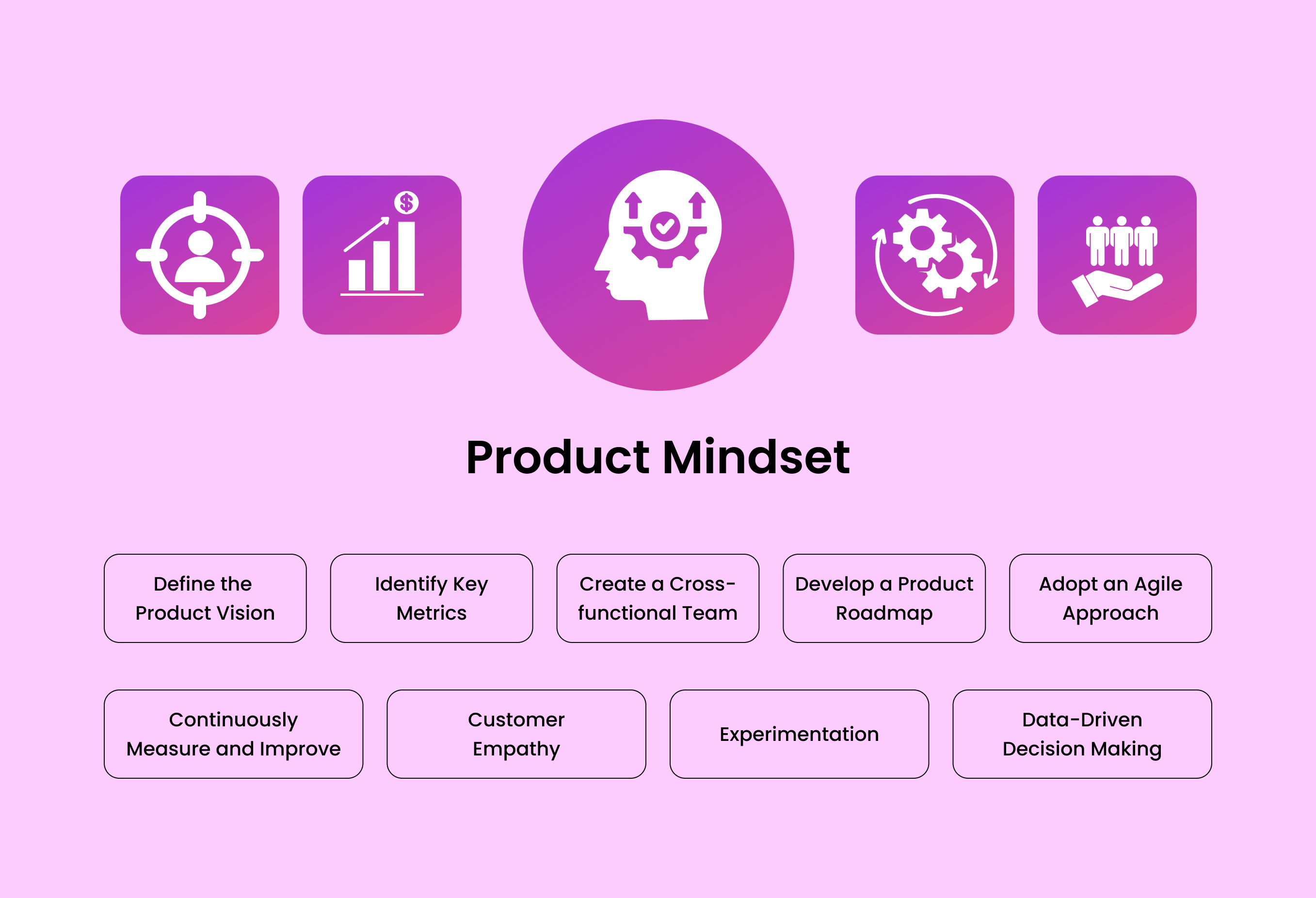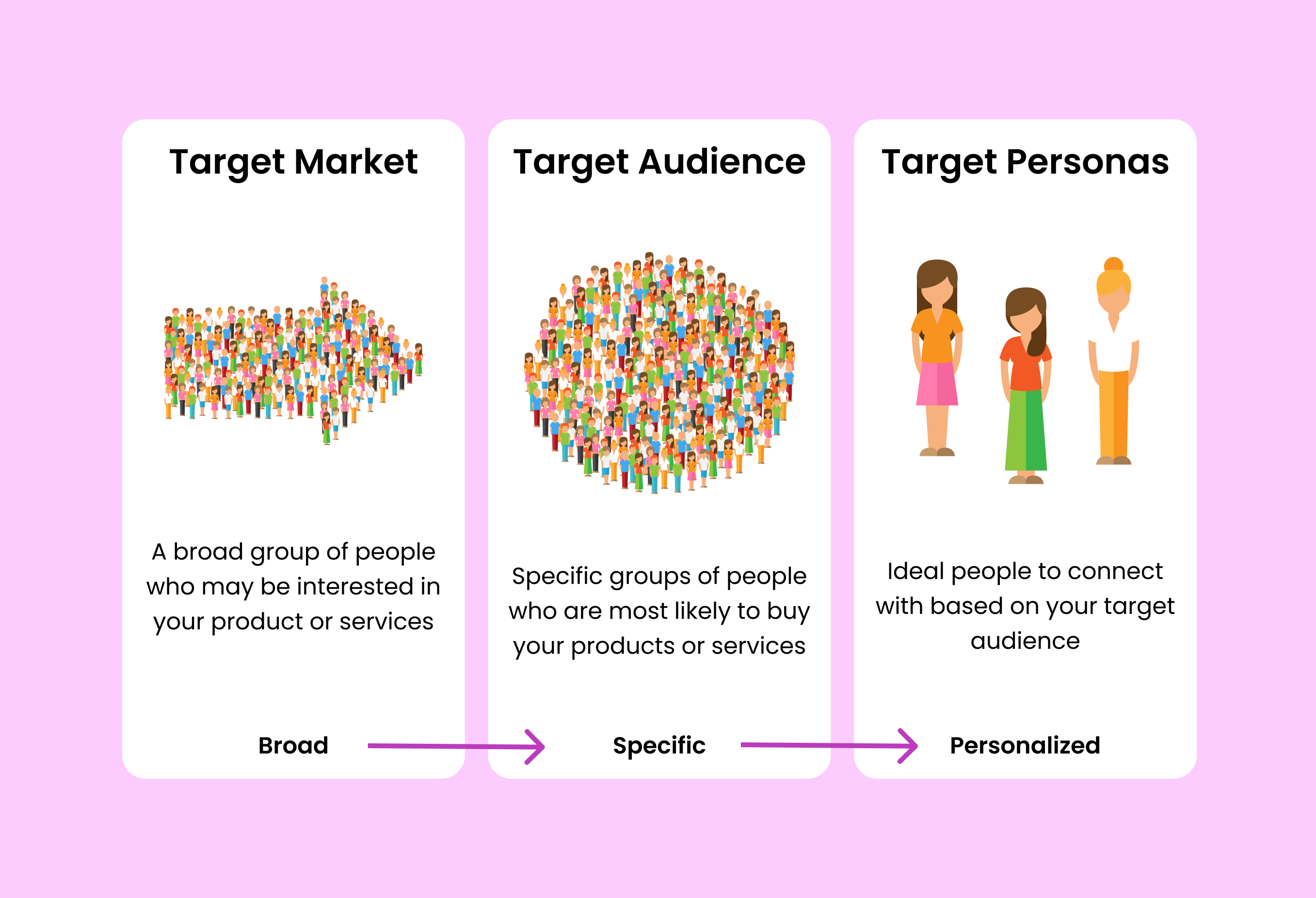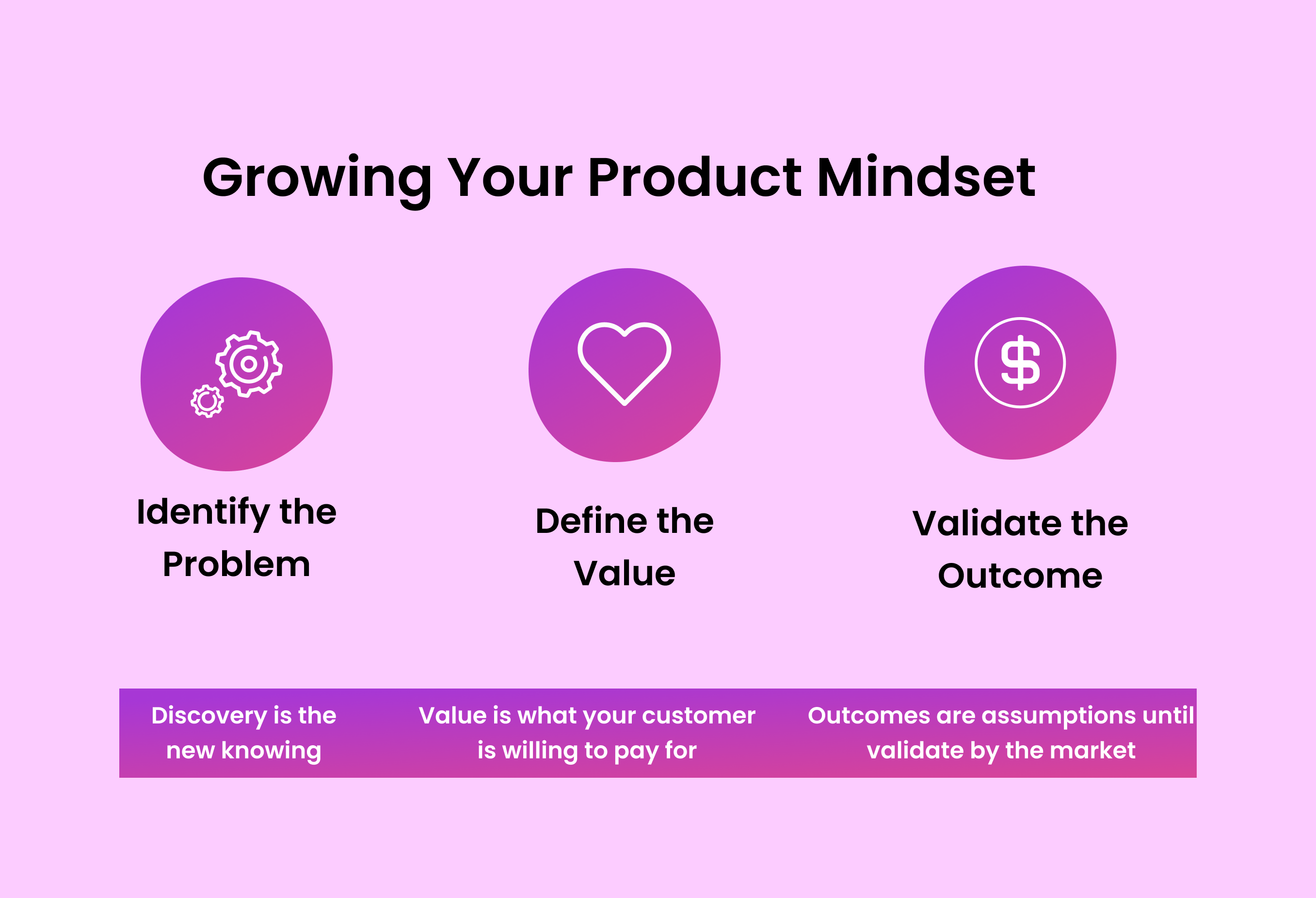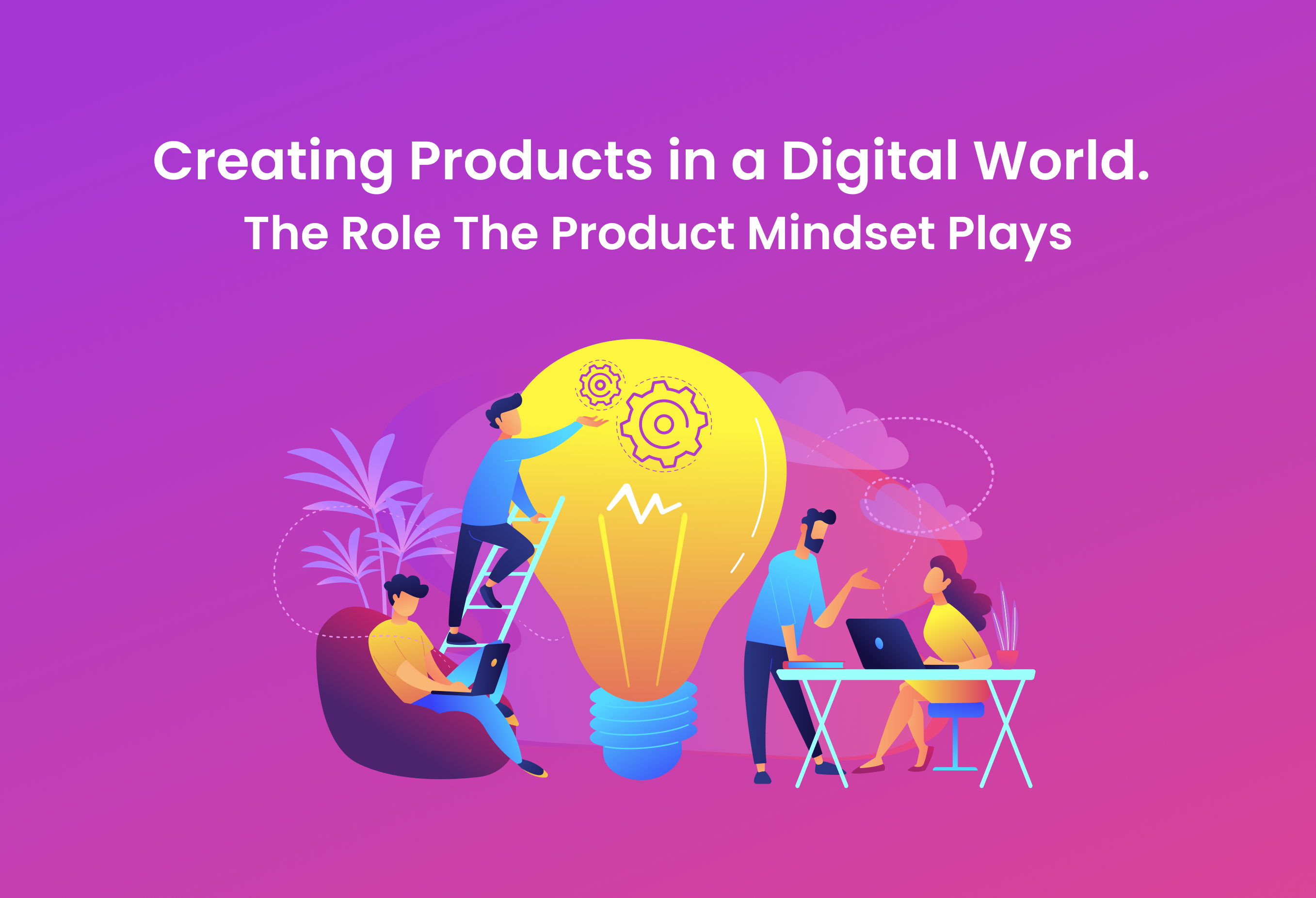Creating a product in the digital world can be challenging, so the right product mindset is crucial for success. And digital transformation is ongoing for many types of organizations. Organizations need expertise in digital product development if they are to maintain a competitive edge. David DeWolf, founder and board member of 3Pillar Global, explains why having a product mindset is essential.
The pace of digitization is steadily increasing. In 2025, the digital transformation of corporate procedures, products, and organizations will cost $2.8 trillion. We live in an era when digital transformation is accelerating for businesses worldwide. Therefore, business executives are confronted with the challenge of guiding their product teams to prioritize their efforts in the face of ongoing digital disruption and increasing competition. This requires expertise in creating marketable digital products. To do this, they need to have a product mindset.
The importance of having the right product mindset is paramount
In a world where digital change is king, it’s important for leaders and their teams to have a product mindset. This is a set of characteristics and principles that help them make digital goods that deliver results. However, adopting a product mindset isn’t a one-and-done deal. Rather, it’s a company-wide effort to change how people think and behave.

As companies strive to create digital products that connect with consumers, it is advantageous for them to adopt a product mindset. Teams must strive to make sure their product satisfies all criteria and solves every customer’s pain points before releasing it to the market. However, the process of product development may be demanding. This is crucial, yet it may delay the product’s release. When leaders adopt the product approach, they stop trying to make products the answer to all problems. Instead, they focus on what really counts: making value quickly and experimenting as needed. This speeds up the process of developing new products.
There are three things that digital products need to succeed: the ability to generate their own revenue, user preference, and a commitment to constant improvement.
Self-funding products
As they try to create products that can compete in the digital world, product development teams don’t always get it right the first time. Businesses who take this route risk missing out on sales of a newly introduced product. With the right kind of backing, a successful product may pay for itself. This is great for both the company and potential investors.
Personal financial management software Mint, for instance, took user feedback into account when developing an app that has since become quite popular. While still in the ideation phase, Mint’s creator, Aaron Patzer, polled passersby at a train station to gauge their level of confidence in the brand. For prospective customers, “bank-level data security” was a very striking term. Customers valued this slogan. Therefore, Patzer made sure it was front and center on the business website. To win over customers and investors, Mint had to convince them that their financial information would be safe. Before its sale to Intuit for $170 million, Mint had 1.5 million customers, a testament to the success of its customer development strategy.
Business executives should push product development teams to produce the smallest possible answer to a customer’s biggest need and monetize it. Next, they need to explore ways to enhance the product, enabling the development of a self-generating revenue model. Teams need to stop trying to be flawless and start getting products to consumers faster. In the beginning, the product should address the most pressing issue for its target audience. Next, it should evolve in response to their suggestions for improvement.

A Chosen Product
It is critical that consumers consistently pick a product after it has achieved self-funding. Even when faced with a constant stream of new rivals and market entrants, they will use it, share it, and retain it.
Take the smartphone industry as an example. While Samsung and Apple both make up about 80% of sales, customers prefer Apple over Samsung. Is it because every Apple product is the pinnacle of technological innovation? It depends on the person you ask. Still, Apple’s loyal client base persists in picking the company’s smartphones over competitors’, despite the latter’s innovations. That should be the chosen product.
People are taking advantage of their freedom to choose now that they have more alternatives than ever before. Because consumers are becoming less loyal to certain brands, it is more important than ever for businesses to keep their products in consumers’ hands. There can also be a lack of brand loyalty among customers who purchase from the same company often.
Choosing the right product is a team effort. Therefore, company heads need to make sure their teams address consumer pain points. Customers tend to return to a given product because it meets their needs, whether in terms of price or usefulness. Businesses can’t meet consumer demands unless they know their customers inside and out and can predict their current and future priorities. To achieve this goal, businesses need to constantly do targeted research that is quick, adaptable, and focused on the customer’s needs. When customers are more engaged and willing to recommend a business, it means they’ve met a demand.
Also read – Mobile App Security in 2024
A product that is always getting better
Despite the product’s successful self-funding and selection, more work remains. There is no end to the process since the product should be evolving all the time.
Think about Netflix. Originally, Netflix rented out DVDs. Now, it’s a massive streaming network. Blockbuster, formerly the leading supplier of movies and video games in the world, was Netflix’s main rival at the time. However, there is a rationale for Netflix’s longevity, as opposed to Blockbuster and other early 2000s remnants. It adapted and changed with the times. Netflix anticipated the shift in the Internet environment and appropriately adapted its product line as data speed and capacity improved. The success of products in the modern digital era depends on their ability to adapt throughout development.
Teams working on products need to be nimble enough to alter directions as necessary. Product teams should monitor outcomes, communicate well, make little adjustments, analyze data, and maintain a sense of curiosity if they want their improvements to have a big impact. Development strategies like continuous adjusting, test automation, collaboration, and delivery pipelines may help developers foster this new culture of change.

Striving for perfection is pointless when you know that the best products are always getting better. Companies may avoid trying to do too much all at once by committing to continuous product development, which lets them make changes as they go. They can hear consumers’ opinions on a product and use that information to improve it.
To stay relevant in this digital age, companies will have to digitize what they sell. To achieve this, they need a proper product mindset. Products are self-funding, consistently chosen, and always growing with this philosophy. To better position their companies for success in the digital era, CEOs should adopt a “product mindset” and see product creation through that lens.

